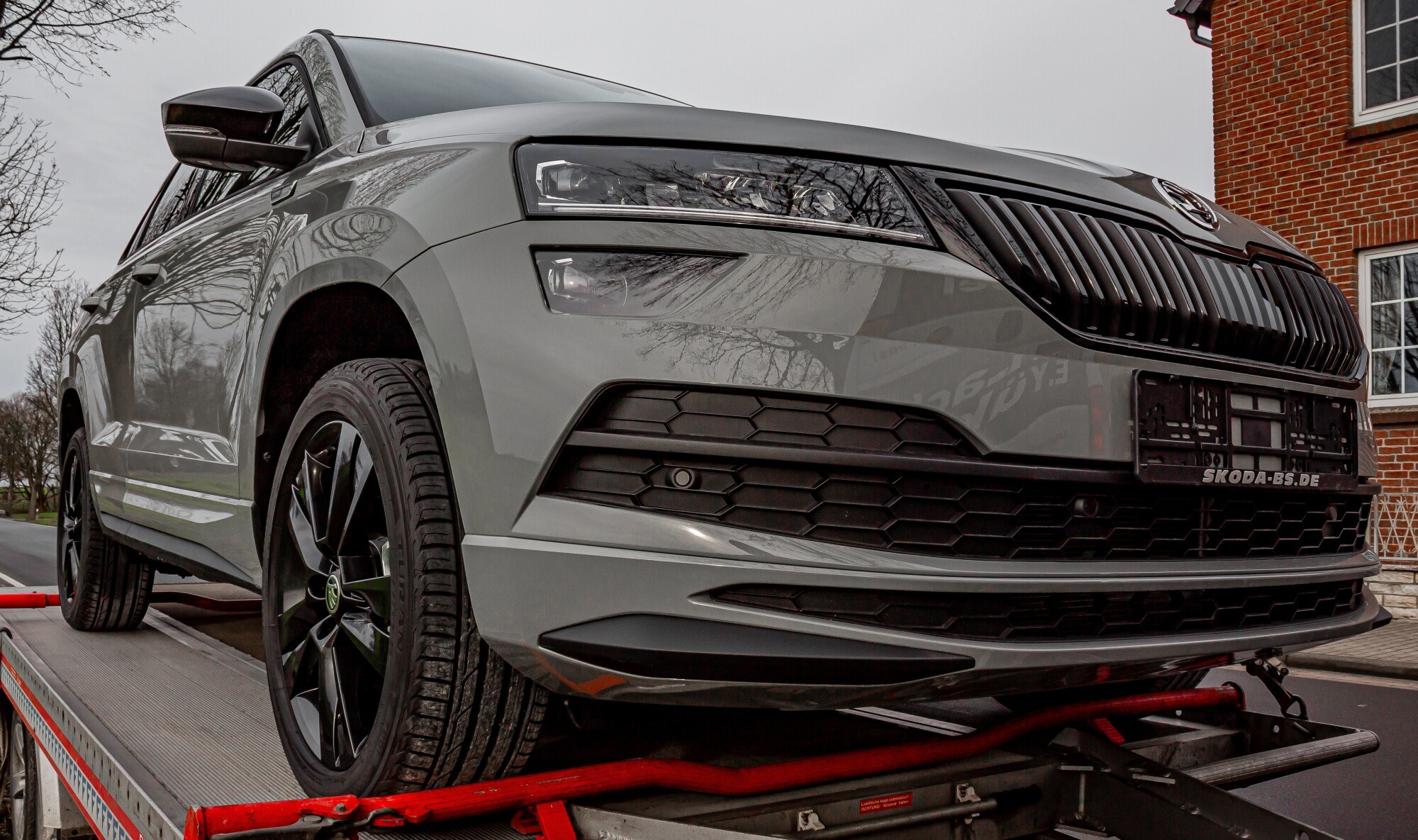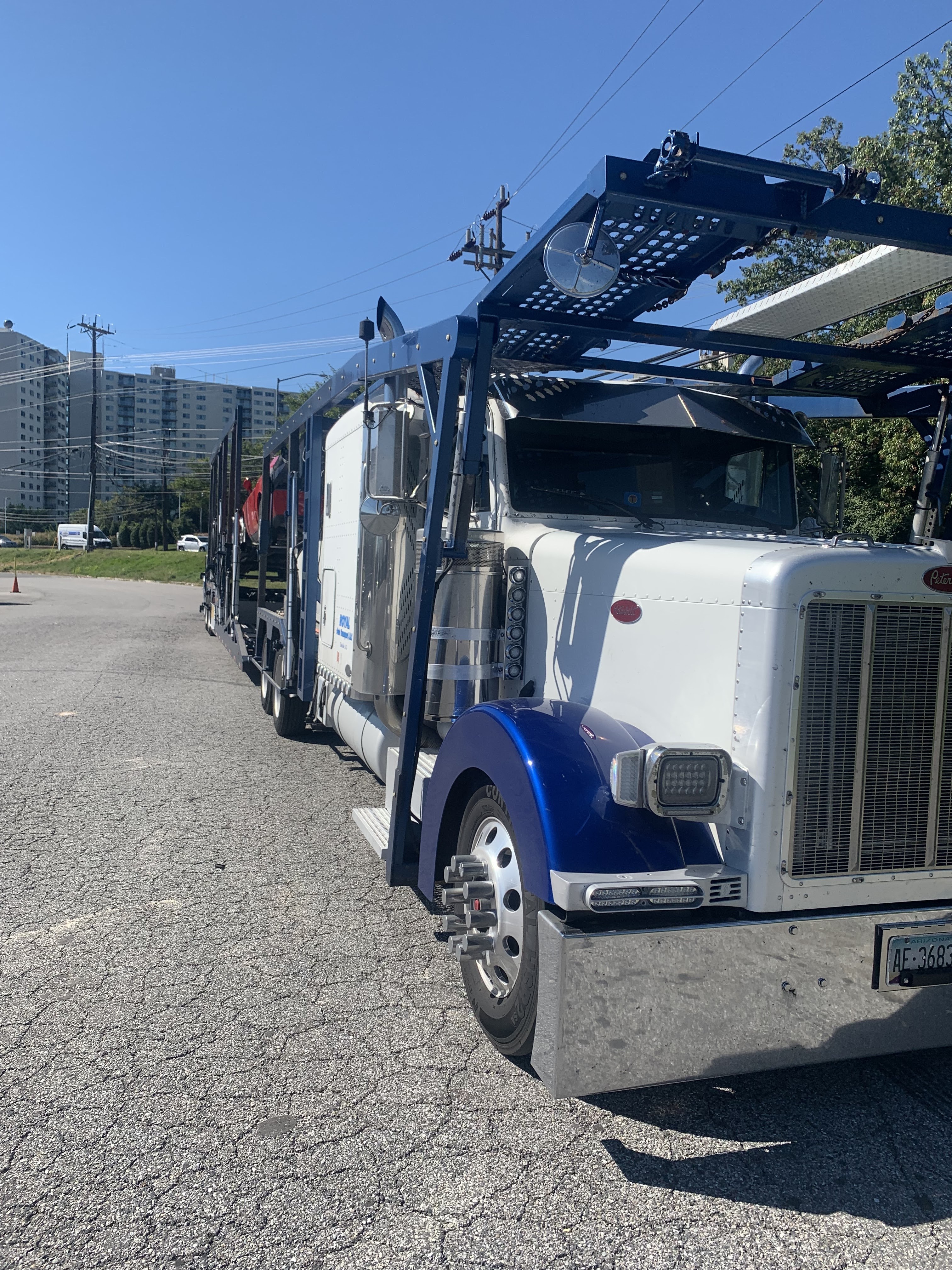Everybody shipping a vehicle they’ve sold wants to transport it for the lowest possible cost without compromising quality. However, sellers can choose from several types of automotive shipping services at varying rates, and selecting an unnecessary service can dent profits with added expenses. Alternatively, higher-value shipments, like supercars or certain classic cars, can benefit from specific pricier transport methods designed to accommodate their needs.
Whether you’re shipping an economy car or a supercar to a buyer, the information below outlines how to successfully transport the vehicle via an auto transport company without unnecessary damage to your wallet or the car.
Understanding Your Car Shipping Options
Sellers can ship a car they’ve sold using open or enclosed transport methods. These services’ pickup and drop-off options are accompanied by either terminal-to-terminal or door-to-door shipping. The right choice for you hinges on your budget, desired level of convenience, vehicle type, and safety priorities.
Open Transport: The Cheapest Safe Choice
Open auto transport involves shipping your vehicle on a carrier exposed to outdoor elements alongside several other loaded cars. Drivers and sellers shipping cars most frequently select open-carrier transport since it’s the most affordable option. In addition to getting savings from a carrier hauling several vehicles simultaneously, open auto shipping is often easier to book than enclosed transport since it’s more in demand than its enclosed counterpart and covers the most popular routes.
Regarding your shipment’s safety, federal law requires open carriers to offer liability insurance, which covers damages to cars from an accident caused by a shipping company’s negligence during transport. Most shipping companies carry at least $1,000,000 in liability insurance. Alternatively, cargo insurance covers damage to your vehicle while it’s being loaded, transported, or unloaded by the carrier. While cargo insurance isn’t always required by law, most reputable transporters will offer it. Cargo insurance amounts vary between open and enclosed shipping, with the former typically offering lower coverage. Additionally, coverage amounts are split across a carrier’s total cars instead of calculated by vehicle. Transporters secure cars on open carriers with equipment like straps, chains, and bars.
When to Consider Enclosed Transport
Open-carrier shipping is best for standard, everyday cars instead of exotic or classic vehicles since they’re exposed to weather and road debris. If you’re shipping a high-value vehicle you’ve sold, consider enclosed auto transport for outdoor element protection, as the extra cost can be worth the peace of mind for you and the buyer. While standard cars won’t need enclosed shipping, a buyer may request it. In that case, you can negotiate the service’s added cost as part of the sale.
Door-to-Door Shipping: Convenience at a Reasonable Price
You’ll also need to choose between door-to-door and terminal-to-terminal shipping services for the car’s pickup and drop-off methods. Door-to-door transport is more common among sellers since it offers the most convenience to both buyers and sellers. Still, like most services, this added convenience comes at a cost. Door-to-door shipping involves a carrier coming to a pickup point of your choice, as long as the spot is safe and accessible, loading the vehicle, and dropping it off at the buyer’s designated location.
Earlier, we mentioned how enclosed auto transport can be more difficult to book than open-carrier transport since it’s more expensive. However, despite its higher cost, door-to-door shipping is very accessible due to its popularity, and opting for an open-carrier service can make door-to-door service more feasible.
Terminal-to-Terminal Shipping: Extra Savings with Trade-Offs
Terminal-to-terminal auto shipping involves the seller dropping off the car at a designated terminal. These terminals are typically located near large cities or along major highways. While terminal-to-terminal transport is often cheaper than door-to-door transport, those living in rural areas might find that the service’s hassle isn’t worth its savings. Due to the increased responsibility, terminal-to-terminal shipping is best suited to those with flexible schedules and those near major cities and highways.
Timing Your Shipment for Maximum Savings
Timing can impact the savings you achieve shipping a vehicle you’ve just sold, as transport costs vary based on season, demand, and route popularity. Auto shipping is generally the least expensive during fall and winter. Still, winter weather can pose more transport risks, possibly increasing your shipment’s length, whereas fall strikes an ideal balance between savings and favorable conditions. Sellers should try to book around two to three weeks in advance. Booking too far ahead, such as well over a month, makes you more susceptible to price fluctuations. However, peak seasons can benefit from booking four-to-six weeks in advance. Staying flexible can help you access discounts or fill empty carrier spots.
Additional Ways to Save Without Sacrificing Safety
You can save money without compromising safety by hiring a car shipping broker, like Nexus Auto Transport, to compare transport quotes from multiple reputable companies. While helping you find the best rate, a quality broker can recommend services based on your requirements and verify a carrier’s transport record, insurance, and reliability. Some carriers may even help you maximize transport savings by allowing you to split pickup and delivery options between door-to-door and terminal-to-terminal services.
FAQ: The Cheapest (But Safe) Ways to Ship a Car You Just Sold
Receive answers to a few of the most frequently asked questions on how to ship a car you’ve just sold for less without losing safety.
Why Can Car Shipping Costs Vary So Much?
Factors including but not limited to fuel costs, seasonal demand, your shipping route, and the route’s distance can impact a quote. While some of these factors are out of your control, focusing on the ones you can control—such as the time of year you’re selling your vehicle and arranging for shipping—can help you manage costs more effectively.
Why Is Shipping Long Distances Sometimes Cheaper per Mile?
Long-distance hauls, like cross country car shipping, are often cheaper per mile since carriers can optimize their routes by consolidating several vehicles for delivery along the way, increasing efficiency and profits.
Does the Size or Type of Car Affect Shipping Price?
Larger and heavier vehicles generally cost more to ship since they take up more space on a carrier and can be more challenging to load/unload.



